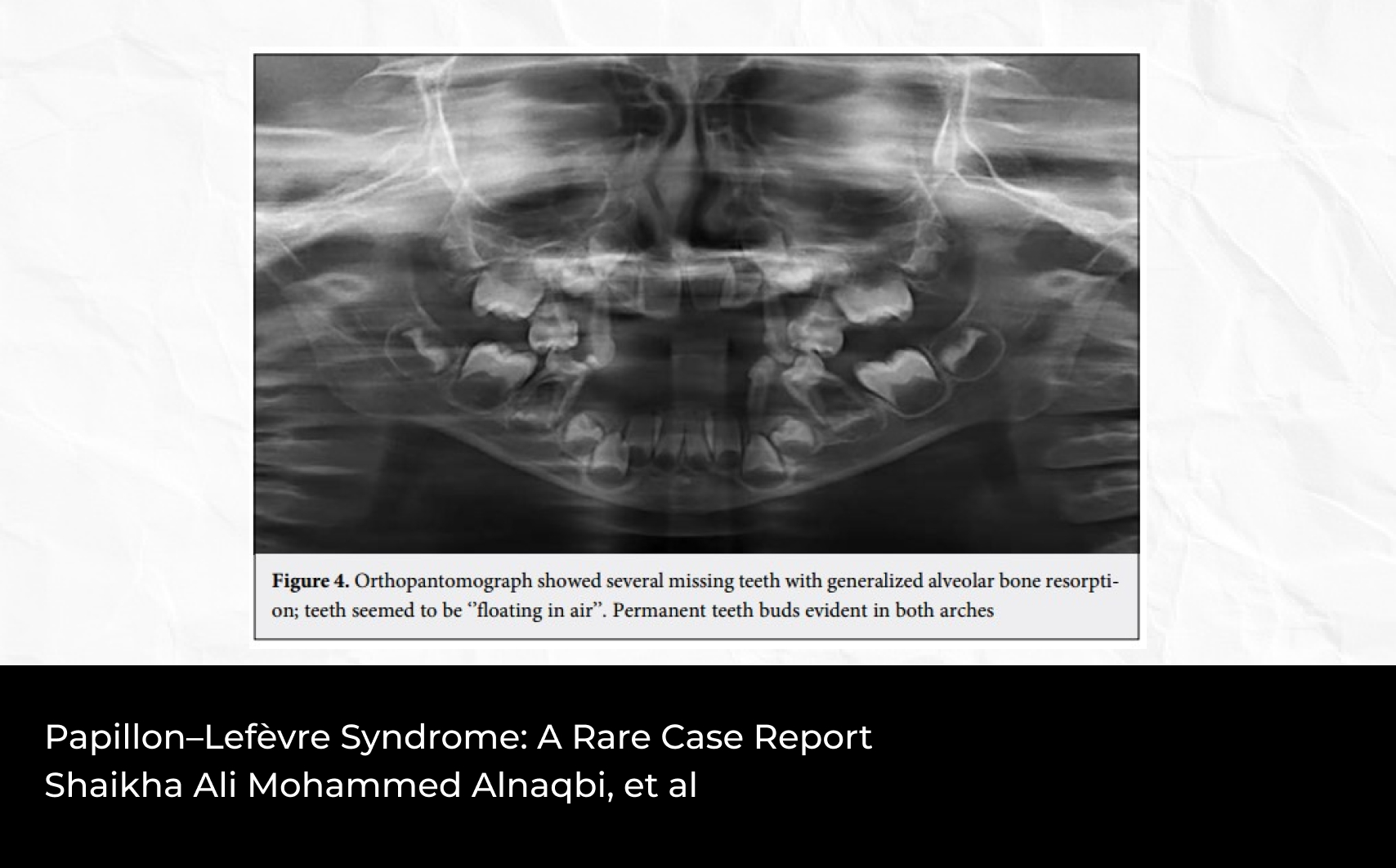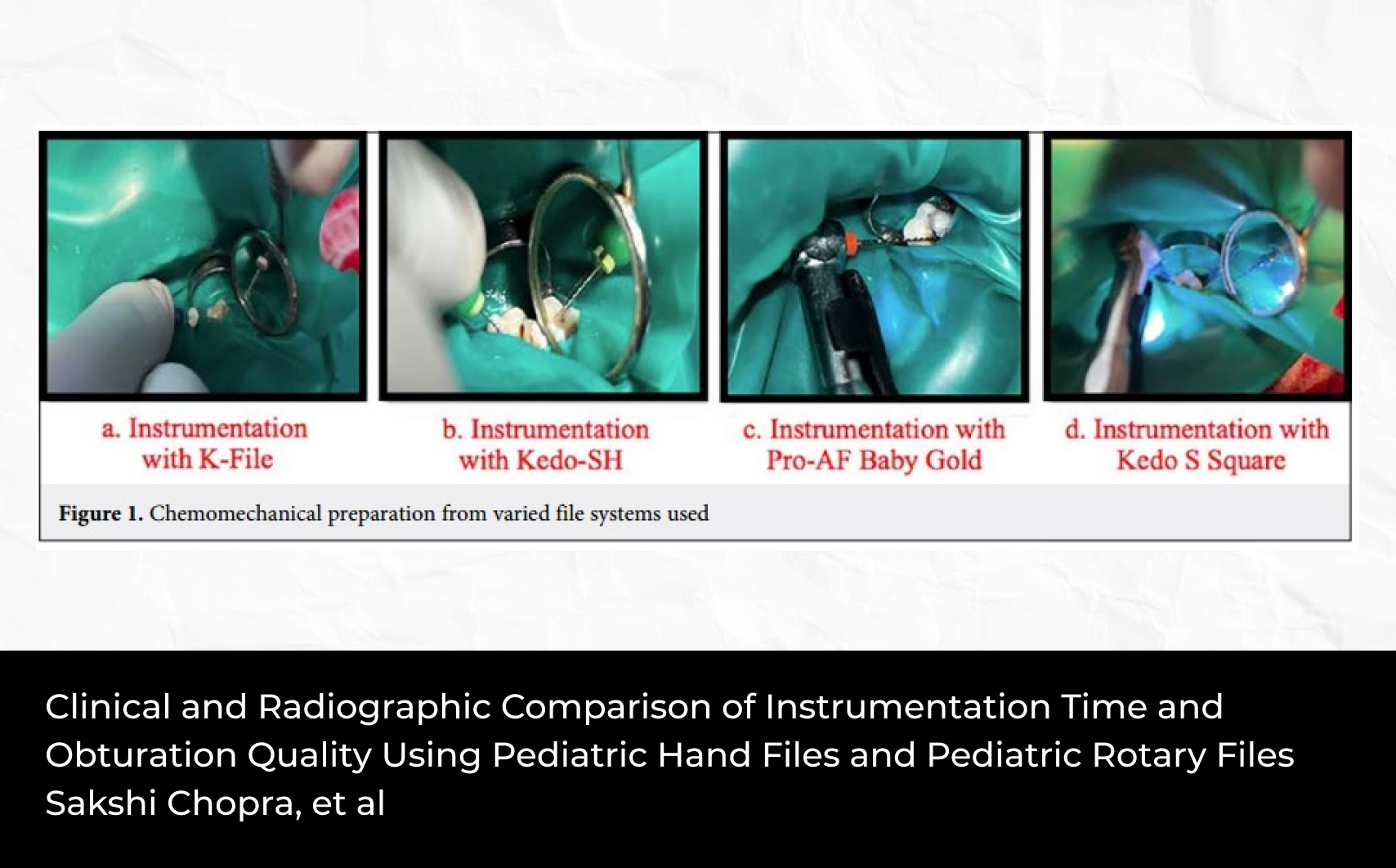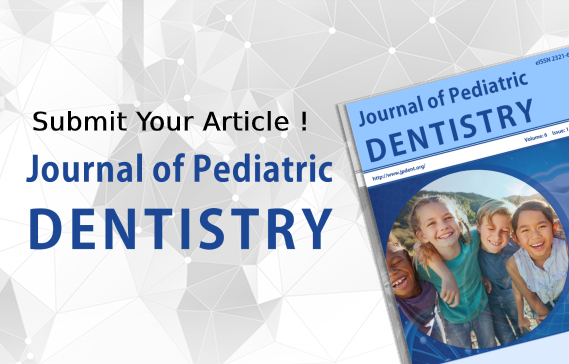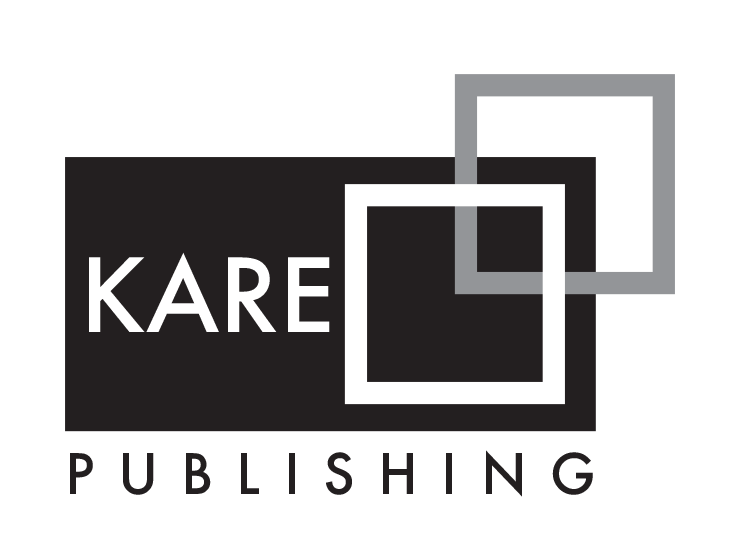2Army Dental Corps, Manipur, India
3Department of Orthodontics and Dentofacial Orthopedics, Army Dental Centre Research and Referral, Delhi, India
4Department of Orthodontics and Dentofacial Orthopaedics, Army Dental Corps, Delhi, India
Abstract
Objective: Early childhood caries (ECC) is a well-known public health issue that develops early in infancy and progresses quickly if left untreated. Silver diamine fluoride (SDF) is a more recent alternative for treating dental cavities with minimally invasive methods. It discolors carious enamel and dentin black and has a metallic taste, which may be a barrier to its use.
Materials and Methods: With 100 parent–child pairs, the current study was conducted with the aim of evaluating the change in parental perception of SDF as a therapeutic modality while identifying the aspects that influence their decision-making. Children aged 3–6 years were assessed for active carious lesions and those with at least one active untreated carious lesion (ICDAS 3,4,5) affecting the primary teeth.
Results: When applied to posterior teeth, SDF application appears to be acceptable to parents as a conservative treatment option for caries. In high-visibility regions, the discoloration caused by SDF prompted parental displeasure, which seemed to intensify with time. On recall visit, parent perception of SDF treatment was re-assessed. When asked about the acceptability of the treatment performed on their child, 5.1% deemed it not acceptable. The difference in acceptability at this point with that assessed immediately post-application, although present, was not found to be statistically significant (p=0.206).
Conclusion: Within the constraints of the current study, it is possible to infer that SDF can be utilized as a viable treatment modality keeping in mind its ease of application, non-invasive nature, and cost-effectiveness. Parental education and informed consent before application are mandatory before opting for this treatment modality.














